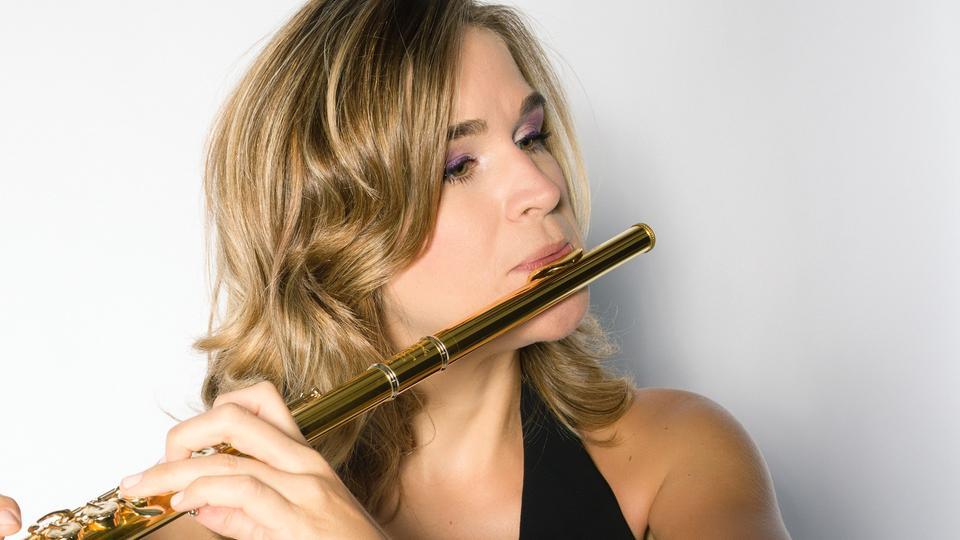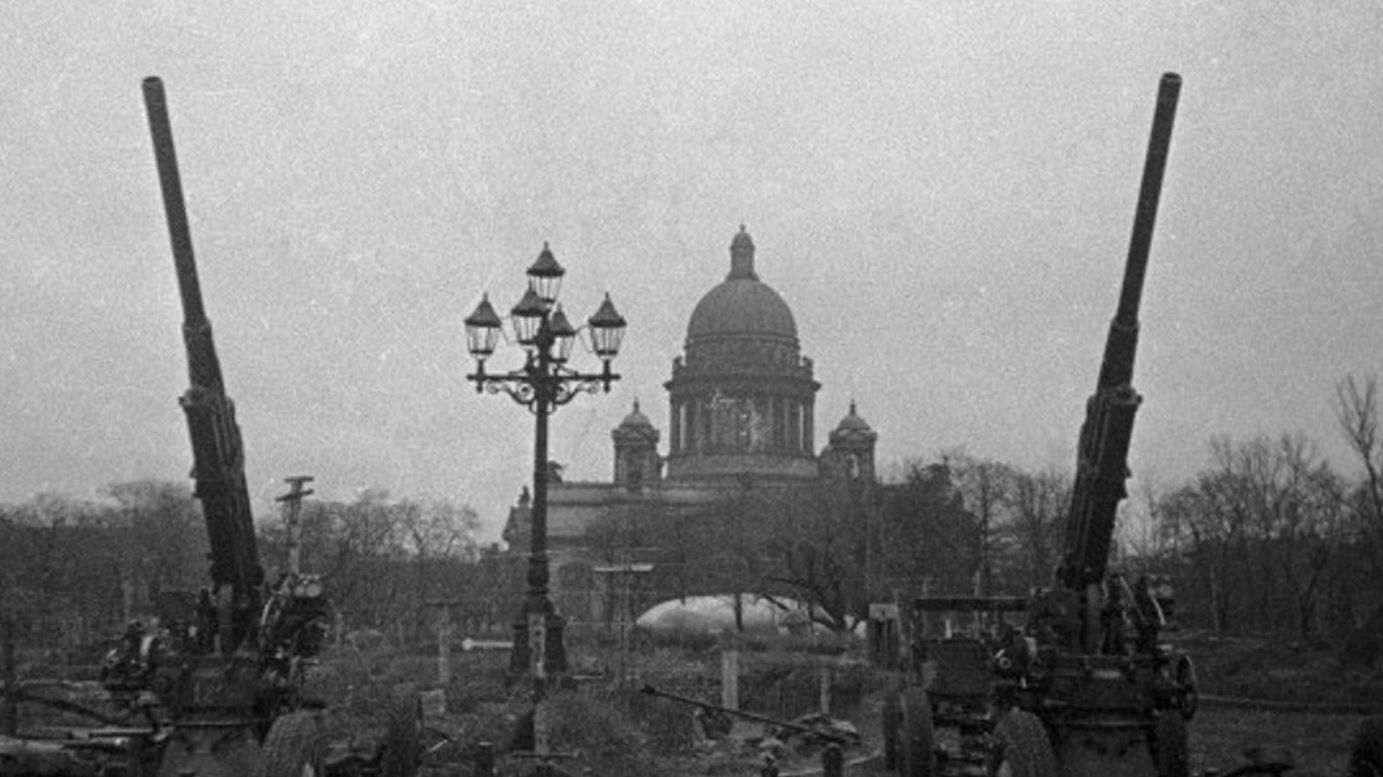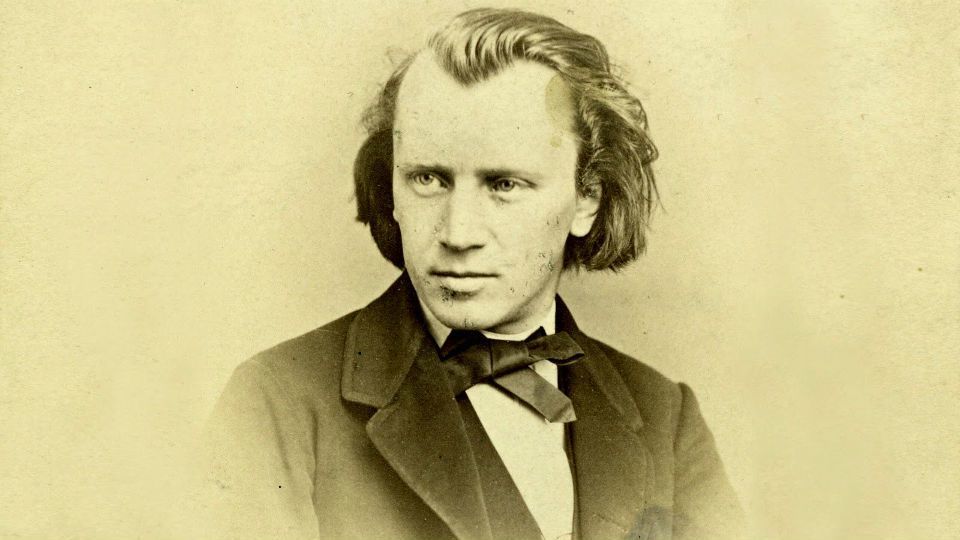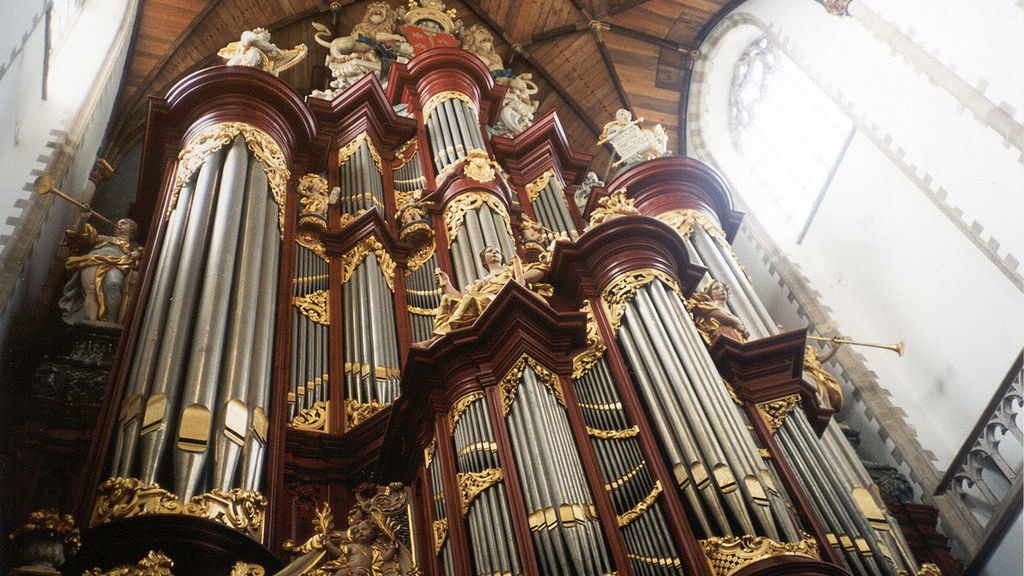Remembering Ida Haendel
The eminent Polish-born violinist Ida Haendel passed away Tuesday at the age of 91. As a student of Carl Flesch and George Enescu, Haendel represented one of the last direct links to the distinctive and personal violin playing of the nineteenth and early twentieth centuries. As a child prodigy, she was a top prize winner in the first Henryk Wieniawski Violin Competition, where she competed against such towering figures as David Oistrakh …







